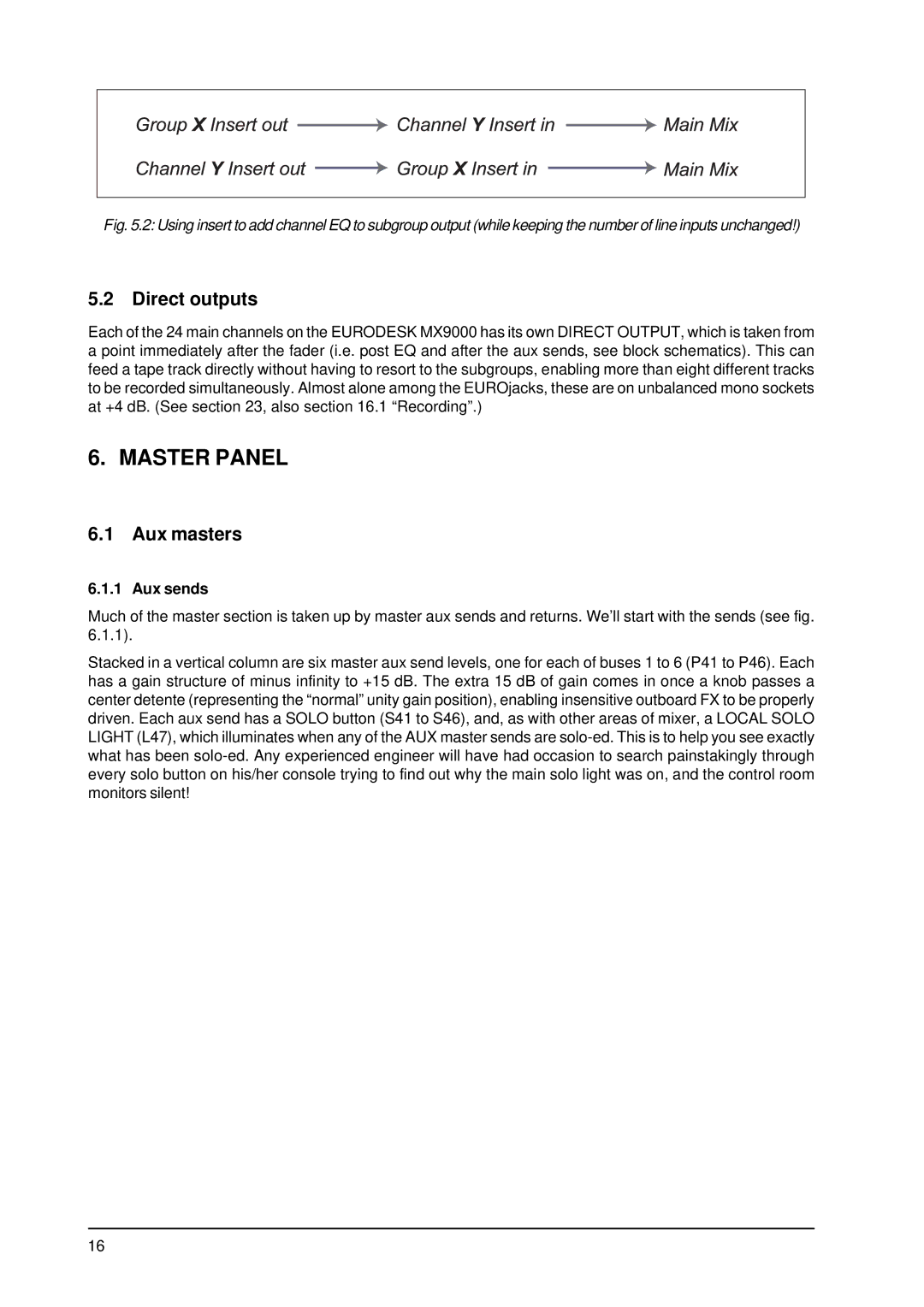
Fig. 5.2: Using insert to add channel EQ to subgroup output (while keeping the number of line inputs unchanged!)
5.2 Direct outputs
Each of the 24 main channels on the EURODESK MX9000 has its own DIRECT OUTPUT, which is taken from a point immediately after the fader (i.e. post EQ and after the aux sends, see block schematics). This can feed a tape track directly without having to resort to the subgroups, enabling more than eight different tracks to be recorded simultaneously. Almost alone among the EUROjacks, these are on unbalanced mono sockets at +4 dB. (See section 23, also section 16.1 “Recording”.)
6. MASTER PANEL
6.1 Aux masters
6.1.1 Aux sends
Much of the master section is taken up by master aux sends and returns. We’ll start with the sends (see fig. 6.1.1).
Stacked in a vertical column are six master aux send levels, one for each of buses 1 to 6 (P41 to P46). Each has a gain structure of minus infinity to +15 dB. The extra 15 dB of gain comes in once a knob passes a center detente (representing the “normal” unity gain position), enabling insensitive outboard FX to be properly driven. Each aux send has a SOLO button (S41 to S46), and, as with other areas of mixer, a LOCAL SOLO LIGHT (L47), which illuminates when any of the AUX master sends are
16
